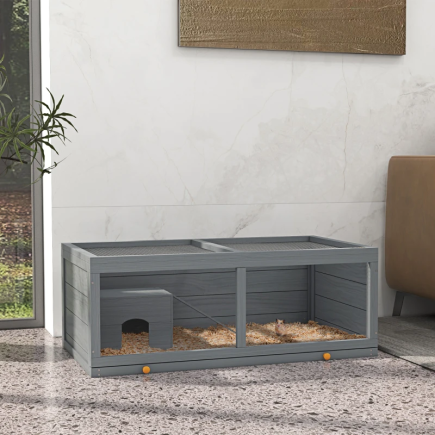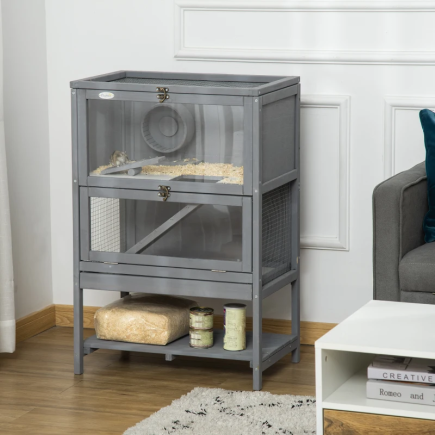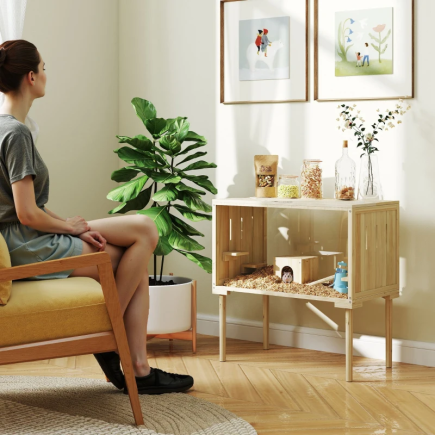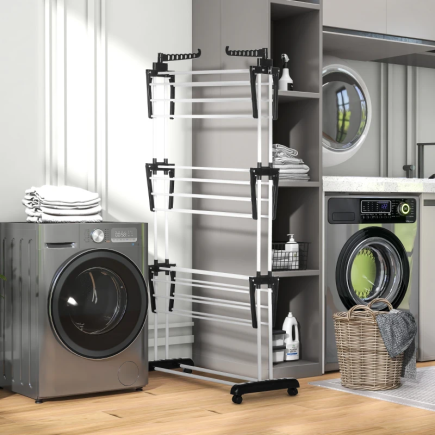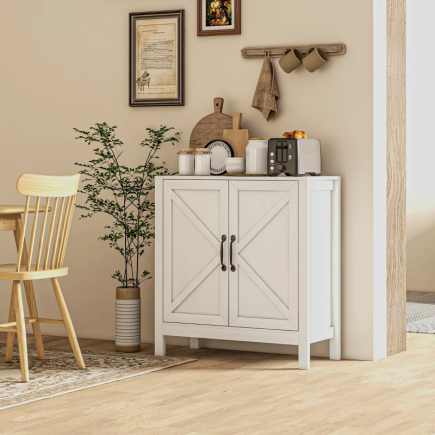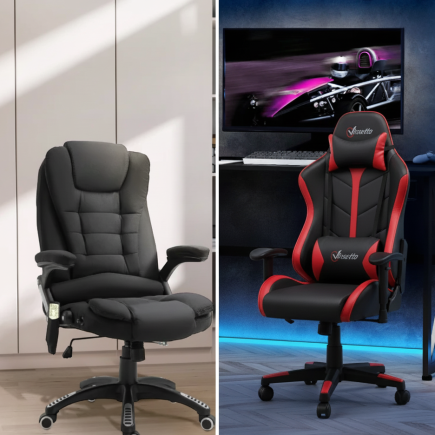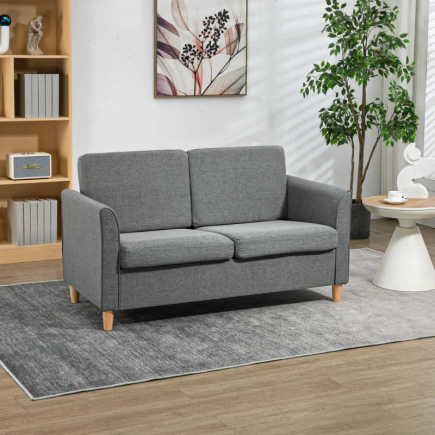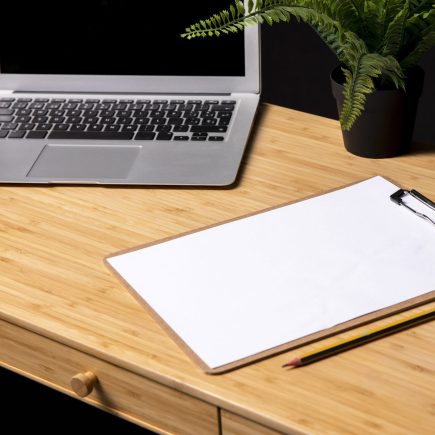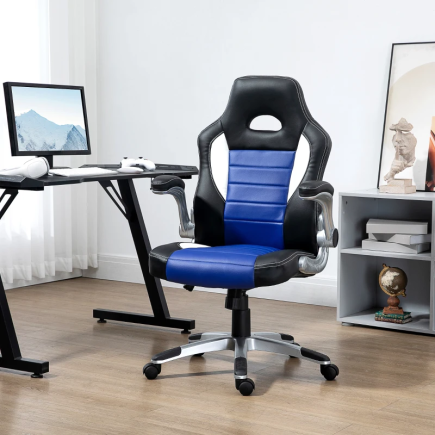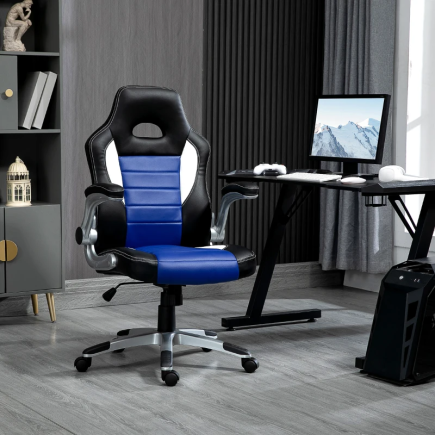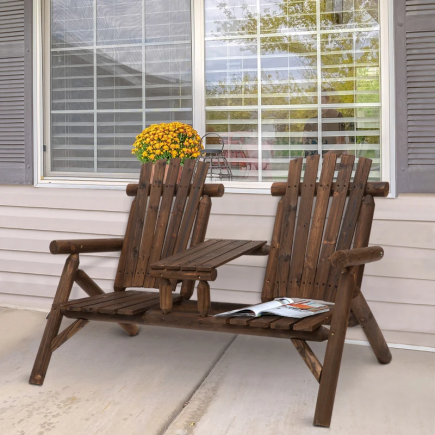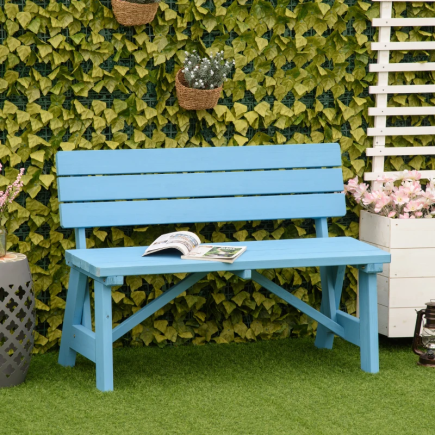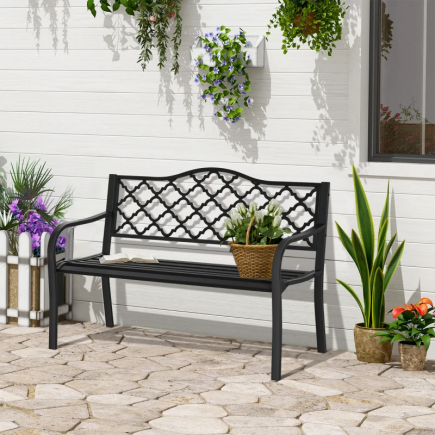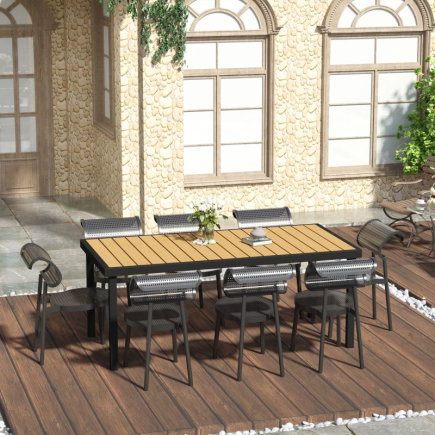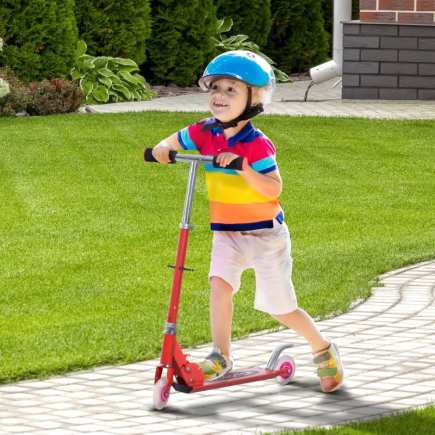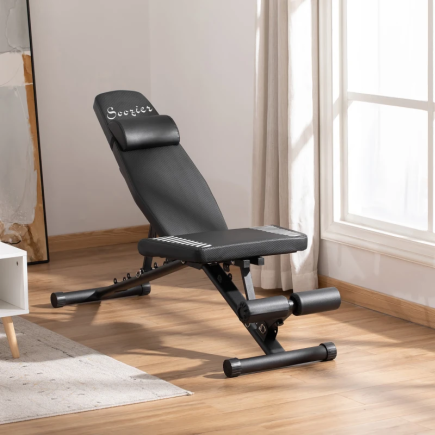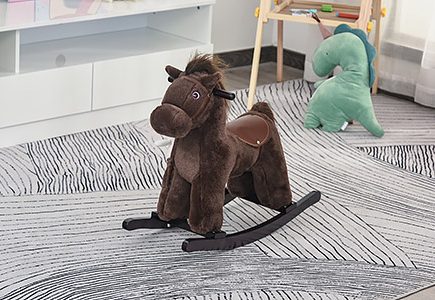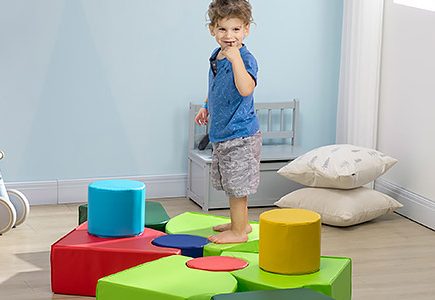Artificial plants offer long-lasting beauty without the effort that real greenery requires. They’re mess-free, durable, and ideal for any space. However, when it’s time to update your decor or recycle older arrangements, removing faux plants from their original containers can be more challenging than expected. Many are fixed in place with glue, foam, plaster, or cement making simple extraction anything but.

In this article, you’ll learn exactly how to remove artificial plants from pots safely, cleanly, and without damaging either the plant or the container.
Tools You’ll Need
To begin, gather a few key tools. The process becomes much easier and safer when you’re prepared.
Basic Tools

- Flathead screwdriver: To pry around the base.
- Utility knife: For cutting into foam or scored surfaces.
- Needle-nose pliers: To grip and lift stems carefully.
- Garden snips or scissors: For trimming as needed.
- Protective gloves: To keep hands safe from rough or sharp edges.
Optional Tools for Secured Materials
- Hairdryer (low heat): Softens adhesive bonds.
- Chisel or putty knife: Helps remove hard-set materials like plaster.
- Small hammer: Assists in cracking dense bases (used gently).
- Adhesive remover or acetone: Helps dissolve strong glue, test first on an inconspicuous area.
Common Securing Materials
The first step in the removal process is determining how the plant is anchored. Here are the most common materials used:
Foam: Floral foam is lightweight, soft, and frequently used in tabletop arrangements. It may hold stems in place through friction or with added glue. Foam is generally easy to cut and remove.
Glue: Hot glue or industrial adhesives are common in smaller potted plants. While strong, glue can usually be softened with heat for a smoother release.
Cement or Plaster: For larger or heavier plants, a more permanent base such as cement or plaster is used. These solid compounds are extremely stable but require care to break apart.
Decorative Top Layers: Moss, gravel, faux soil, and stones often serve a decorative purpose but may cover glue or foam underneath. These materials are usually loose and easy to lift away.
How to Remove Artificial Plants from Pots: Step-by-Step
Once you’ve identified the anchoring method, follow these tailored steps to remove your artificial plant cleanly and safely.
Foam-Based Installations
Foam-secured arrangements are among the easiest to disassemble.

- Clear the top layer: Remove any moss or pebbles that cover the foam block.
- Score the foam: Use a utility knife to cut around the stem base.
- Lift carefully: Grasp the stem near the bottom and pull upward. If the foam is loose, lift the entire block out with the plant attached.
- Apply heat if glued: For added glue, use a hairdryer to loosen the adhesive before pulling.
Tip: Avoid bending the stems, many have internal wires that can snap or warp.
Glue-Secured Arrangements
Glue requires a gentler, more gradual method.

- Identify the glued areas: Look for where the stems meet the pot or are secured beneath moss or gravel.
- Soften with heat: Use a hairdryer on low for 30–60 seconds to loosen the bond.
- Use a flat tool: Insert a screwdriver or putty knife under the stem and lift gradually.
- Remove with control: Once loose, pull slowly from the base of the stem. Use pliers for narrow or tightly wedged components.
Caution: Avoid overheating as this can warp plastic parts.
Cement or Plaster Bases
Solid materials require extra care and patience.

- Protect the surface: Wrap the pot in a towel and work on a cushioned area to prevent cracks or chips.
- Score the base: Use a utility knife or screwdriver to mark around the edge of the base where the stem meets the solid material.
- Chip away gradually: Tap lightly with a hammer and chisel to break small sections around the stem.
- Free the stem: Continue until you can safely lift the plant out without applying direct force.
Note: Prioritize preserving the plant if the pot isn’t reusable.
Special Removal Scenarios
Some arrangements pose unique challenges due to age, design, or tight embedding. Here’s how to handle those tricky cases:
Deeply Embedded Stems
- Trim or loosen the material surrounding the base first.
- Use pliers to twist stems gently rather than pulling straight up.
- If needed, remove the plant in sections and reassemble later.
Central Support Anchors
- Score around the central stalk carefully.
- Chip away at the material in layers.
- Avoid pressure directly under the stem; remove surrounding material instead.
Hardened Adhesives
- Apply acetone or adhesive remover with a cotton swab (test first).
- Let it sit briefly to loosen the bond before pulling.
- Avoid soaking materials that could discolour or degrade.
Tips for Safe, Damage-Free Removal
- Work slowly: Rushing leads to breakage or injury.
- Pull from the stem base only: Never yank from the top or leaves.
- Use soft surfaces: Place ceramic or glass pots on towels while working.
- Minimize tool pressure: Let heat, scoring, or trimming do most of the work.
These small precautions prevent cracked pots, snapped stems, or cosmetic damage to your pieces.
Mistakes to Avoid
Understanding what not to do can be just as valuable as knowing the correct method.
| Mistake | Why It’s a Problem |
| Pulling forcefully | Breaks stems or cracks containers |
| Skipping heat application | Makes glued pieces harder to remove |
| Using sharp metal tools on fragile pots | Risks scratching or chipping |
| Overheating plastic components | Can cause warping or melting |
| Ignoring how the plant is secured | Leads to ineffective or damaging removal |
Each step of the process is about control, not force. Thoughtfulness will save your decor and your time.
What to Do After Removal
Once you’ve removed your artificial plant, you can:
- Rearrange it into a new pot or planter.
- Refresh the base with updated filler or design elements.
- Recycle or dispose of old pots or foam blocks responsibly.
- Repair or reinforce the plant’s base if needed before reusing.
Even a simple swap can breathe new life into your interior design without purchasing all-new decor.
Successfully removing Artificial Plants from pots starts with understanding how they’re secured and using a method tailored to that specific material. Whether you’re working with soft foam, hardened plaster, or a glue-heavy setup, the key is to stay patient, use the right tools, and avoid forceful shortcuts.
With these clear steps and safety tips, you can remove any artificial plant cleanly, reuse or repurpose your items, and update your space with confidence, no damage, no mess, just great results.
FAQs
1. Is it safe to use boiling water to loosen glue or foam?
No, boiling water can warp plastic stems or damage decorative pots. Stick to controlled heat sources like a hairdryer.
2. How do I know if a pot is safe to tap or chip without cracking it?
Check the pot material like plastic and metal can handle more impact, but ceramic or glass should only be tapped gently, if at all.
3. Is it possible to reuse the same pot after plant removal?
Yes, if it remains undamaged. Just clean out any leftover adhesive or debris before placing a new arrangement inside.
4. Can I use a multi-tool or oscillating saw for cement removal?
Yes, but use low settings and extreme caution to avoid overcutting or damaging the pot or plant.

